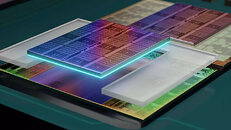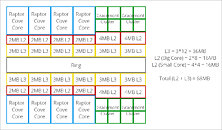
ARCTIC Introduces New Alpine 17 Coolers
ARCTIC, a leading manufacturer of low-noise PC coolers and components, introduces today the Alpine 17 and Alpine 17 CO, a pair of compact air coolers designed exclusively for the Intel LGA1700 socket. With the release of its newest Alpine coolers, ARCTIC presents an affordable option for users looking to cool their Alder Lake processors. The successors to the Alpine 12 series retain its classic radial heatsink design but are specifically built for the LGA1700 socket.
The cooler's Y-shaped fin ensures optimal heat distribution in the heatsink, while heat dissipation is significantly enhanced by the Alpine 17's large surface area and high airflow rate. With a low installation height of only 68.2 mm, the Alpine 17 and Alpine 17 CO are ideal choices for most all-in-one systems as well as small cases (Mini-ITX, µATX etc.).
The cooler's Y-shaped fin ensures optimal heat distribution in the heatsink, while heat dissipation is significantly enhanced by the Alpine 17's large surface area and high airflow rate. With a low installation height of only 68.2 mm, the Alpine 17 and Alpine 17 CO are ideal choices for most all-in-one systems as well as small cases (Mini-ITX, µATX etc.).


























































